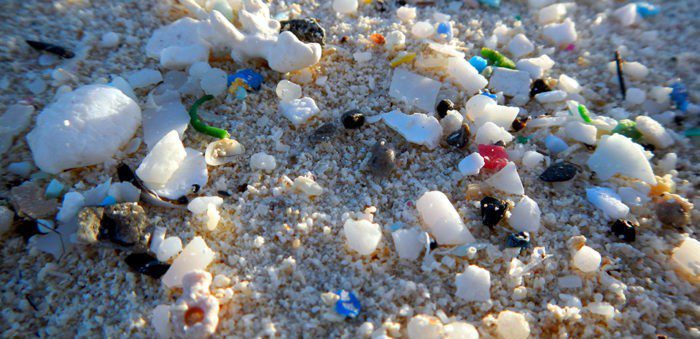On the occasion of World Oceans Day on 8 June, AMSA reminded that marine litter presents a huge problem in our oceans. Plastic pollution results in harmful effects on marine life and biodiversity, as well as negative impacts on human health, tourism and fisheries.
AMSA is engaged in the ongoing work of the International Maritime Organization (IMO) to reduce marine pollution. Through the IMO, Australia and other countries have agreed on a strategy to address marine plastic litter. The strategy sets out ways to further reduce shipping’s contribution to marine plastic litter and how to improve the effectiveness of port reception facilities.
How MARPOL addresses garbage management
There are some important rules for disposing of garbage that all vessel owners and operators must follow under the International Convention for the Prevention of Pollution from Ships (MARPOL). MARPOL is implemented though AustralianlegislationandMarine Order 95—Marine pollution prevention—garbage.
How to create garbage management plan
Before you write your garbage management plan, there are a few things you need to consider:
Think about how you can minimise domestic garbage through provisioning practices:
Make sure you include sections on:
The information in your plan must be suited to your vessel and take into account its size, equipment on board and the number of persons on board. You must include allsections listed above in your plan.
You don’t need our approval to certify your plan, but you will be subject to survey and inspection.When your vessel is surveyed or inspected, yourgarbage management plan will be checked.
…AMSA informed
Key consideration for Garbage Record Book
Amendments to the format of the Garbage Record Book, aimed to simplify the recording process, entered into force internationally on 1 March 2018. From this date, the format will be specified in Appendix II of MARPOL Annex V.
The Record of Garbage Discharges are divided into Part I and Part II. Amendments have also been made to align the terminology in the Format of the Garbage Record Book and the Record of Garbage Discharges.
Part I of the Record of Garbage Discharges is for the use of all ships. Part II is only required for ships that carry solid bulk cargoes. Part I and Part II are produced as two separate record books (similar to Part I and Part II of the Oil Record Book, required under MARPOL Annex I).
The following categories of garbage discharge will need are recorded under Part I: Plastics, Food wastes, Domestic wastes, Cooking oil, Incinerator ashes, Operational wastes, Animal carcass(es), Fishing gear, E-waste .
The following categories of garbage discharge are be recorded under Part II:Cargo residues (non-Harmful to the Marine Environment) and Cargo residues (Harmful to the Marine Environment).
Furthermore, garbage must be stored safely on board and disposed of, or recycled, on shore. In that regard, AMSA encourages operators to contact their local port authority, marina, boat harbour, port or terminal to find out what waste collection and disposal facilities are available.
Also, AMSA encourages operators to report any illegal dumping of rubbish or waste products such as oil as follows:
If you see someone dumping rubbish there is some information you can collect to help our investigation of the incident. Useful information includes:
Our oceans are a precious source of food, transport, and enjoyment. Clean, safe oceans are vital to our livelihoods, our recreation and to protect marine flora and fauna
…AMSA highlighted.






